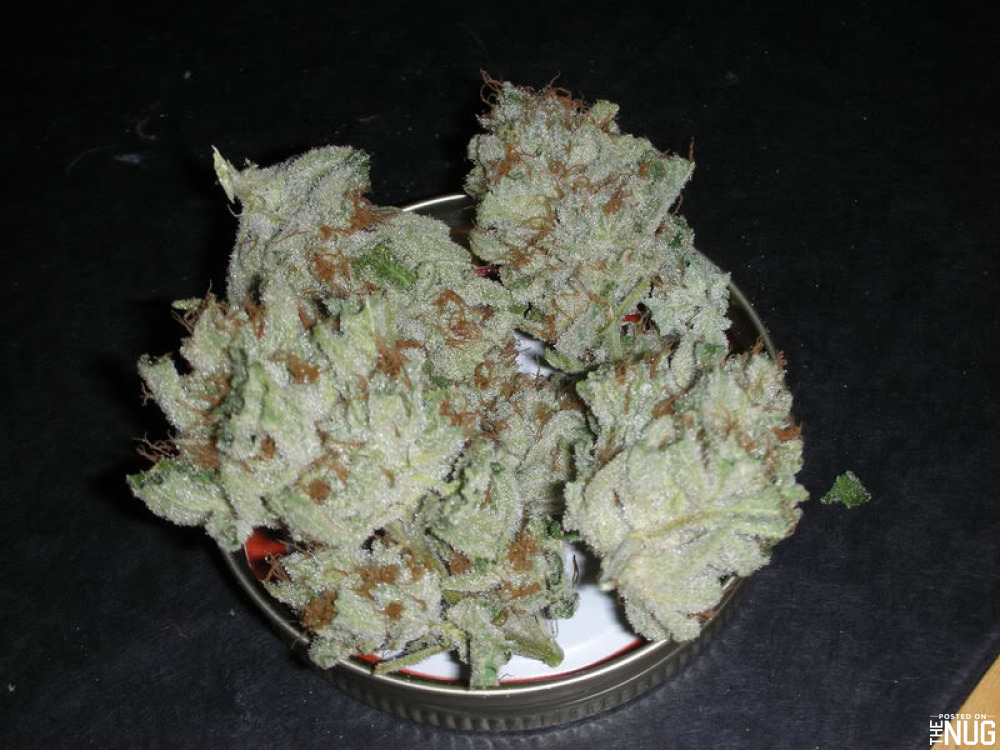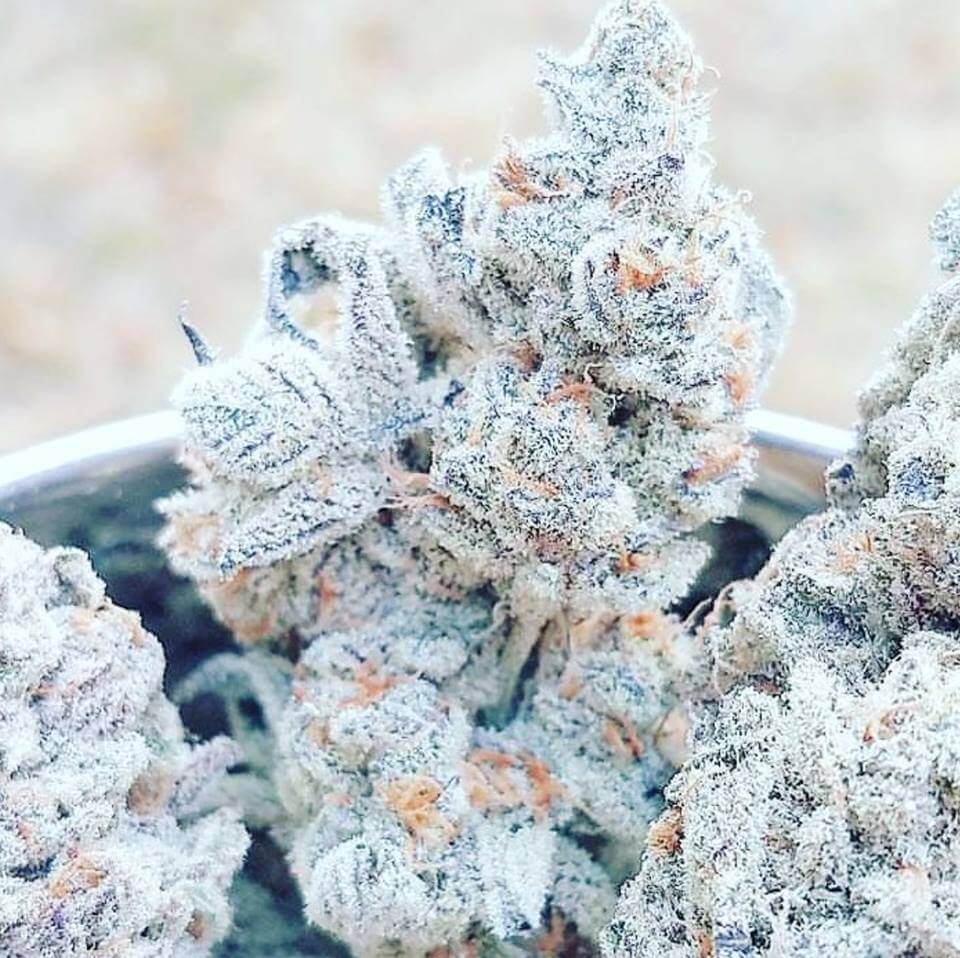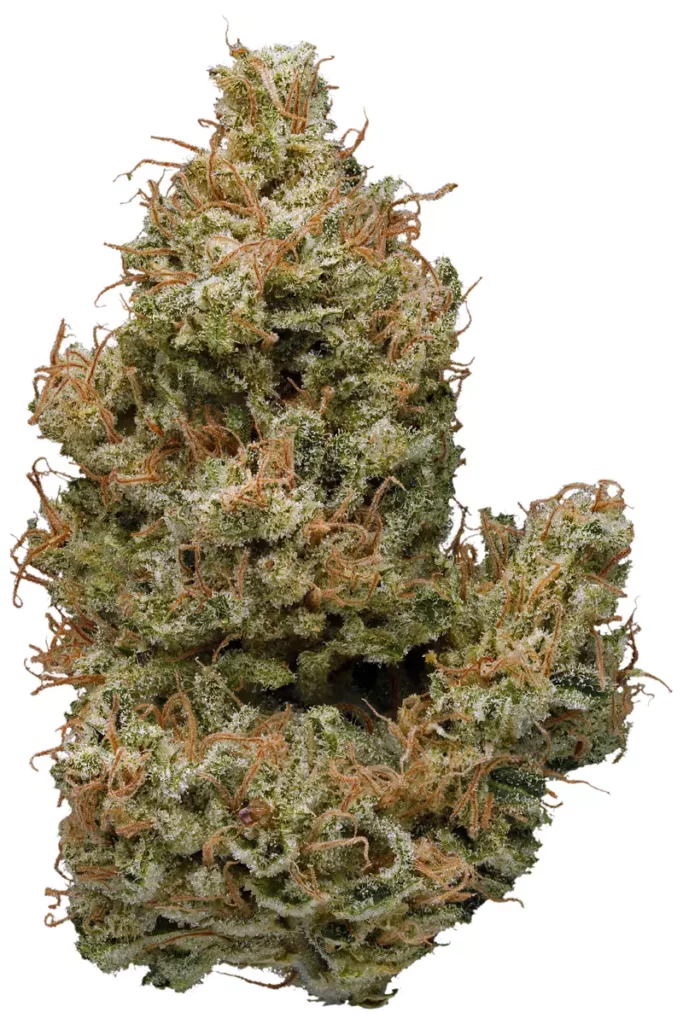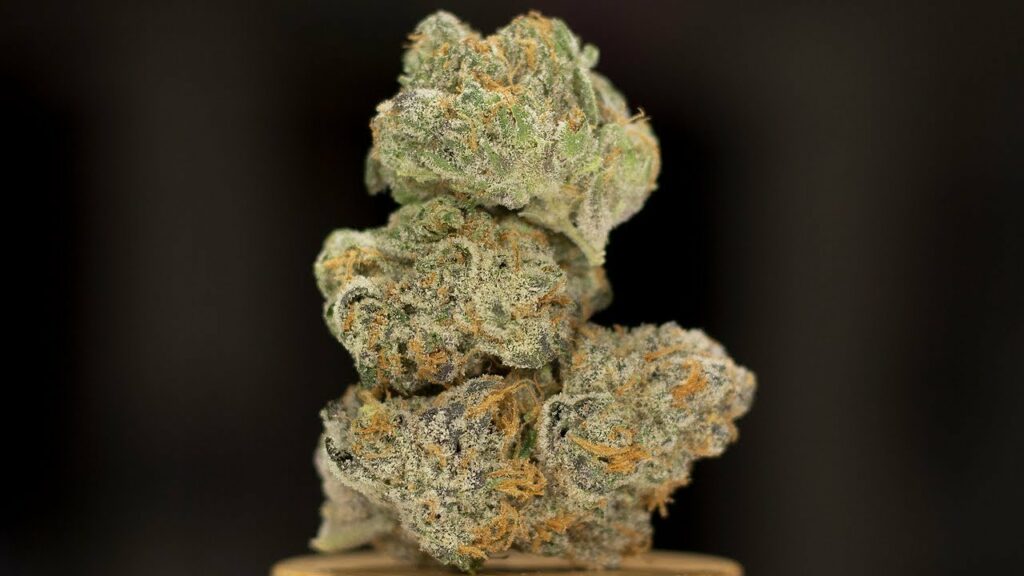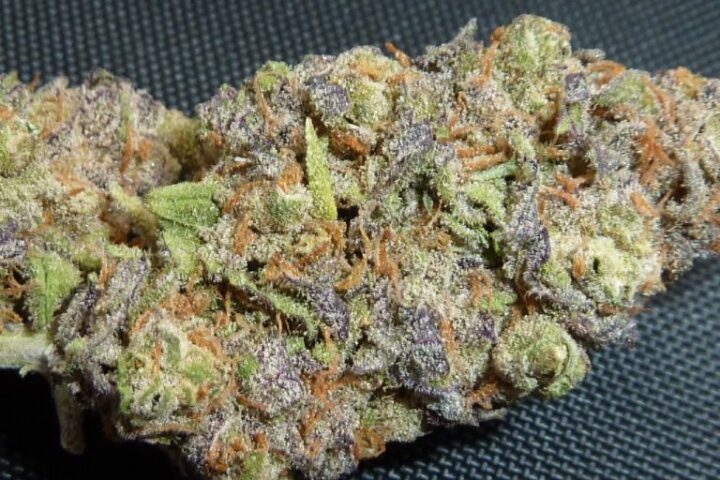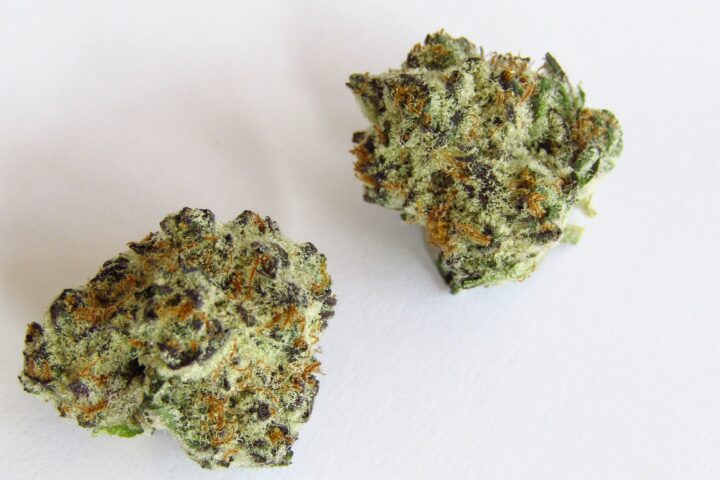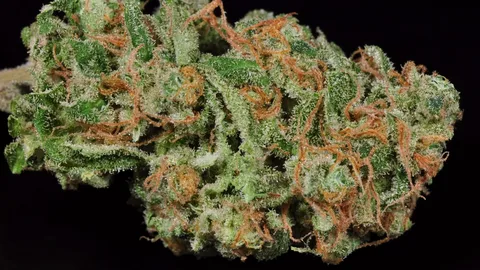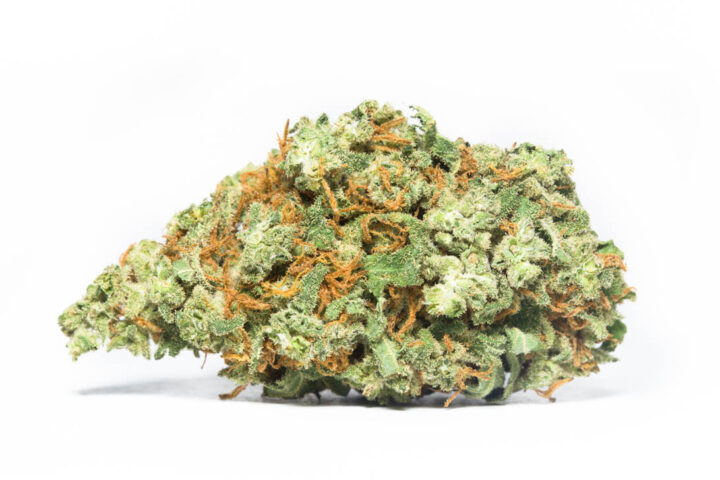Origin and History
The White Strain Background
The White strain, also known as White Weed, is a popular cannabis variety that has gained significant attention in recent years due to its unique characteristics and high potency. To understand the origin and history of this strain, it’s essential to delve into its genetic makeup and how it came to be.
The White strain is believed to have originated in the 1990s in the southwestern United States, particularly in California and Arizona. At that time, cannabis breeders were experimenting with new combinations of strains to create unique hybrids with desirable traits. The exact origin story of The White remains unclear, but it’s thought to be a result of crossing the legendary Skunk #1 strain with another unknown variety.
The name “White” refers to the strain’s distinctive appearance, which features a dense covering of trichomes that give the buds a white or frosted appearance under magnification. This is due to the high concentration of THC and other cannabinoids in the strain, which causes the buds to produce an abundance of resinous trichomes.
As a result of its unique genetic makeup, The White strain has become prized among cannabis enthusiasts for its potent effects and distinctive flavor profile. The strain’s flavor is often described as sweet and earthy, with hints of citrus and spice. Its aroma is similarly complex, featuring notes of pine, lavender, and a hint of skunk.
The White strain is also known for its high THC content, which can range from 18-25% in some varieties. This makes it an ideal choice for experienced users looking to medicate or get high. The strain’s effects are typically described as relaxing and euphoric, with a strong sense of calm and well-being.
In recent years, The White strain has become increasingly popular among cannabis breeders and enthusiasts due to its versatility and stability. It’s been used to create numerous hybrids and crosses, including some of the most potent strains on the market today.
Overall, The White strain is a unique and highly sought-after variety that has captivated cannabis enthusiasts with its potent effects, distinctive appearance, and complex flavor profile. Whether you’re an experienced user or a newcomer to the world of cannabis, The White strain is definitely worth trying.
The White strain, also known as White Weed or White Widow, is a popular cannabis hybrid that originated in the Netherlands in the 1990s.
The White, also known as White Weed or White Widow, is a popular cannabis hybrid that originated in the Netherlands in the 1990s.
This strain was created by Dutch growers who crossed two distinct strains to produce a unique and potent hybrid.
White Widow is believed to be a cross between an Indian indica strain known as “Brigitte” and a South American sativa strain known as “Brazilian.” The result of this cross was a plant that combined the best qualities of both parent strains, including its potency, flavor, and yield.
The name “White Widow” is believed to refer to the plant’s distinctive white or silvery coat of trichomes, which cover its buds and give it a sparkling appearance. This unique characteristic is a result of the plant’s high THC content and its ability to produce an abundance of trichomes, which are responsible for the production of resin and other cannabinoids.
White Widow was first popularized in the 1990s by the Dutch seed bank “Green House Seeds,” which began cultivating and distributing this strain. Today, White Widow is one of the most widely available cannabis hybrids on the market, and it remains a favorite among growers and consumers alike.
The popularity of White Widow can be attributed to its unique combination of effects, which include a powerful high that is both energizing and relaxing. This strain is known for producing feelings of euphoria and creativity, making it a popular choice among artists and musicians. At the same time, White Widow also has sedative properties, making it an effective treatment for insomnia and anxiety.
One of the key characteristics of White Widow is its high THC content, which can reach levels as high as 20% or more in some samples. This makes it one of the most potent cannabis hybrids on the market, and it requires careful handling and dosage to avoid over-intoxication.
In addition to its potency, White Widow is also known for its distinctive flavor and aroma, which are characterized by notes of earthy pine and sweet citrus. The plant’s buds are dense and compact, with a thick layer of trichomes that give them a sparkling appearance. When smoked or vaporized, White Widow produces a smooth and creamy smoke that lingers on the palate.
Overall, White Widow is a unique and powerful cannabis hybrid that offers a combination of effects and characteristics that make it a standout among other strains. Its high THC content, distinctive flavor and aroma, and sedative properties make it an effective treatment for a range of conditions, from insomnia to anxiety. Whether you’re a seasoned grower or just starting out, White Widow is definitely worth trying.
Genetics and Parenting
- The White strain has its origins in the 1990s, specifically among cannabis enthusiasts in California.
- The story goes that a group of experienced growers and breeders came together to create a new strain by selecting for a particular phenotype – one that exhibited a unique set of characteristics such as extreme frosted appearance, high potency, and an energetic effect.
- This original White strain is believed to be a result of the combination of several existing strains, including Super Silver Haze, Northern Lights #5, and other unknown genetics.
- The exact origin story is somewhat murky, but it’s widely acknowledged that The White was created through the selection and breeding of multiple strains with desired traits.
- Genetically, The White strain is known for its predominantly sativa lineage, although some sources suggest there may be indica or ruderalis influence as well.
The genetics behind The White are somewhat complex, but it’s generally thought to involve a combination of the following parent strains:
- Super Silver Haze
- Northern Lights #5
- Other unknown or unnamed genetics
The result is a strain with exceptional potency, an energetic effect, and a distinctive appearance characterized by its frosted white trichomes.
From a parenting perspective, The White can be described as a challenging but rewarding plant to grow. It requires regular pruning and training to maintain its shape and promote healthy growth.
Growing conditions for The White strain should include:
-
- A warm environment with consistent temperatures between 65-75°F (18-24°C)
- High humidity levels, ideally above 50%
- Precise watering and nutrient management
When properly cared for, The White strain can yield high-quality buds with an average THC content of around 20-25% and a moderate CBD level.
The flowering time for this strain is approximately 7-9 weeks, after which it’s ready to harvest and enjoy its potent effects.
This strain is believed to be a cross between Brazilian and South Indian landraces, with some sources suggesting that it may have been further bred with other varieties.
The origins and history of the White strain, also known as White Weed, are shrouded in mystery, but it is believed to have originated from a cross between two distinct landraces: Brazilian and South Indian.
Landraces refer to local, traditional varieties of cannabis that have developed over time through selective breeding by farmers or growers in specific regions. They often possess unique characteristics and traits adapted to their respective environments, such as climate, soil quality, and pest resistance.
The Brazilian landrace is known for its high THC content and potent effects, while the South Indian landrace is prized for its resinous buds and hashish-making properties. When combined, these two strains may have resulted in a hybrid that inherits desirable traits from both parents.
Some sources suggest that the White strain may have undergone further breeding with other varieties to enhance its potency or unique characteristics. This process of selective breeding is still practiced today by many growers and breeders seeking to create new and improved cannabis varieties.
The resulting product, White Weed, has become a popular choice among medical marijuana patients and recreational users alike due to its potential therapeutic benefits and euphoric effects. Its exact genetic makeup remains unclear, but it is likely that the combination of Brazilian and South Indian landraces played a significant role in shaping this strain’s unique profile.
Cannabinoid and Terpene Profile
CBD and THC Levels
The Cannabinoid and Terpene Profile of The White strain of cannabis is a unique blend of compounds that contribute to its effects and aroma.
The primary cannabinoids present in The White are CBD (cannabidiol) and THC (tetrahydrocannabinol). While THC is the psychoactive compound responsible for the “high” associated with marijuana use, CBD is a non-psychoactive compound that has been shown to have various therapeutic benefits.
The White strain typically has a high THC level of around 18-22%, making it one of the stronger strains available in the market. The high THC content contributes to its intense and long-lasting effects, which are often described as euphoric and relaxing.
On the other hand, CBD levels in The White strain are relatively moderate, ranging from 0.5-1.2%. While this is not as high as some of the more CBD-dominant strains available, it still provides a decent amount of therapeutic benefits without overwhelming psychoactivity.
The Terpene Profile of The White is characterized by an abundance of Myrcene, which is responsible for its earthy and musky aroma. Other prominent terpenes present in this strain include B-myrcene, Pinene, and Caryophyllene. These terpenes work together to enhance the effects of THC and CBD, as well as contribute to its distinct flavor profile.
The combination of high THC, moderate CBD, and a complex Terpene Profile makes The White strain an appealing choice for those seeking a potent yet therapeutic cannabis experience. Its earthy aroma and long-lasting effects have made it a favorite among seasoned smokers, while its relatively low CBD content has limited its appeal to patients seeking more balanced or CBD-dominant options.
The White strain typically has a high THC content, ranging from 1825%, and low CBD levels, usually around 0.10.5%.
The Cannabinoid profile of The White strain is characterized by its high THC content, which ranges from 18-25%. This means that this strain is ideal for those seeking a potent and euphoric experience. On the other hand, CBD levels are relatively low, typically falling between 0.10-0.5%. While some users may be concerned about the lack of CBD, it’s essential to note that CBD and THC work together in synergy to produce the desired effects.
The Terpene profile of The White strain is equally impressive. With a unique combination of terpenes, this strain offers a complex and dynamic flavor profile. Some of the prominent terpenes found in The White include limonene, myrcene, and beta-caryophyllene. These terpenes contribute to the strain’s citrusy and earthy notes, creating an engaging aroma that is both invigorating and relaxing.
One of the key characteristics of The White strain is its energizing and uplifting effects. Users often report feelings of euphoria and increased focus, making it a popular choice for daytime use. However, as with any potent cannabis strain, it’s crucial to approach with caution and start with low doses to avoid overwhelming experiences.
It’s also worth noting that The White strain is often associated with creative and intellectual pursuits. Many users find that this strain inspires creativity, imagination, and problem-solving skills, making it an excellent choice for artists, writers, and thinkers. However, as with any cannabis use, individual results may vary, and it’s essential to respect the unique effects and interactions of each person.
In conclusion, The White strain boasts a unique combination of high THC levels and low CBD content, resulting in potent and euphoric experiences for users. Its complex Terpene profile contributes to its citrusy and earthy aroma, creating an engaging and dynamic flavor experience. Whether you’re seeking creativity or relaxation, this strain is worth exploring, but always approach with caution and respect individual boundaries.
Terpene Composition
The White, also known as White Weed, is a popular cannabis strain that has gained a reputation for its unique characteristics and effects. One of the key factors contributing to its popularity is its distinct cannabinoid and terpene profile.
Cannabinoids are chemical compounds found in the cannabis plant that interact with the body’s endocannabinoid system (ECS) to produce various physiological effects. The most well-known cannabinoids include THC (tetrahydrocannabinol), CBD (cannabidiol), and CBG (cannabigerol). Each of these compounds has a unique role in modulating the ECS, influencing mood, pain perception, and other physiological processes.
The White strain has a relatively high concentration of THC, typically ranging between 18-22%, which is suitable for recreational use or as a therapeutic agent for managing moderate to severe pain. In contrast, CBD content is relatively low in this strain, often below 1%. This cannabinoid profile contributes to the psychoactive effects associated with The White.
Terpene Composition:
- Pinene (18-20%): a terpene responsible for the fresh, pine-like aroma and flavor of The White. Pinene is known for its ability to reduce inflammation and improve respiratory function.
- Limonene (5-7%): contributes to the citrusy scent and has been linked to antimicrobial properties, which may aid in the prevention of infections and promotion of a healthy gut microbiome.
- Myrcene (3-5%): offers earthy undertones and has anti-inflammatory, antiseptic, and anxiolytic effects, contributing to relaxation and pain relief.
- B-Caryophyllene (2-4%): adds a woody, spicy note and exhibits antioxidant properties, which can help protect the plant from oxidative stress and may aid in inflammation reduction.
The combination of these terpenes and cannabinoids in The White strain contributes to its distinctive aroma, flavor profile, and therapeutic effects. Patients with anxiety, depression, or chronic pain may find this strain beneficial for alleviating symptoms. However, individual tolerance and sensitivity to the strain’s active compounds can vary greatly.
Cultivation and Growing Characteristics
Preferred Climate and Lighting Conditions
The White strain, also known as White Weed or White Widow, is a popular cannabis variety that has gained widespread recognition for its exceptional growing characteristics and impressive yields. This sativa-dominant hybrid is a cross between two landrace strains from the South Asian region.
Cultivation of the White strain requires careful consideration of several factors to achieve optimal results. It thrives in temperatures ranging from 18-22°C, with some flexibility during the night when it can tolerate slightly cooler temperatures. Humidity levels should be maintained between 40-60% relative humidity (RH), and growers must ensure that the environment remains stable to promote healthy growth.
The White strain is relatively easy to grow and suitable for both indoor and outdoor cultivation. It requires minimal pruning, but regular monitoring of nutrient uptake is essential. Regular topping or training can also help control height and encourage bushy growth patterns. In optimal conditions, this strain can reach average heights of 60-80 inches (150-200 cm) with a dense bud-to-leaf ratio.
When it comes to lighting, the White strain prefers high-intensity light sources such as LED grow lights or HPS lamps, which provide balanced blue and red spectrums for optimal growth. Vegetative development is supported by 18 hours of light per day during the initial stage, after which photoperiod can be gradually adjusted to induce flowering.
White strain plants have a moderate to high sensitivity to nutrient levels, making it essential to adjust fertilizers according to plant requirements and stages of growth. Adequate levels of nitrogen are necessary for vegetative growth, followed by phosphorus-rich nutrients during the blooming phase for optimal bud development.
The ideal climate conditions for White strain cultivation include Mediterranean climates with dry summers or regions with moderate temperatures throughout the year. In colder climates, growers may need to use greenhouse or indoor growing facilities to protect their plants from harsh weather and frost.
The White strain prefers a temperate climate with moderate temperatures between 6575°F (1824°C) and high humidity levels. It thrives under intense lighting conditions, making it suitable for indoor growing.
Growth Period and Yield
The cultivation of the White weed strain requires a specific set of conditions to ensure optimal growth and development. This strain is known for its unique appearance, with leaves that display a thick layer of trichomes giving it a white or frosted look.
When growing indoors, it’s essential to maintain a balanced humidity level between 40-60%. The temperature should be kept between 68-78°F (20-25°C), and the light cycle should consist of 12 hours of light and 12 hours of darkness. It is also crucial to provide sufficient air circulation and ventilation.
For outdoor cultivation, White weed prefers a warm and sunny climate with average temperatures ranging from 64-75°F (18-24°C). It thrives in a well-draining soil with adequate nutrients and should be planted in an area with good air circulation.
The growth period of the White weed strain can take anywhere from 60 to 65 days, depending on factors such as climate, light cycle, and nutrient provision. During this time, it’s essential to prune the plant regularly to promote bushy growth and increase yields.
The yield of the White weed strain can be quite high, with experienced growers reporting average harvests ranging from 14-21 ounces (400-600 grams) per square meter. However, novice growers may need to adjust their cultivation techniques to achieve optimal results.
It’s worth noting that the White weed strain is a high THC-producing plant, with some tests indicating levels up to 20%. This makes it an ideal choice for those seeking a potent and relaxing experience.
This strain has an average flowering period of 6090 days and produces a medium to high yield, with some growers reporting up to 1 oz (28g) per plant.
The White, also known as White Weed, is a popular cannabis strain that offers exceptional growth characteristics and impressive yields.
Cultivation of this strain can be quite rewarding for growers, especially those with a bit more experience.
Cultivation and Growing Characteristics
The ideal climate and environment for growing The White are:
- Warm temperatures ranging from 68-75°F (20-24°C)
- High humidity levels, especially during the flowering stage
- Adequate light exposure, with a balance of LED or HPS lighting for optimal growth
- Frequent pruning and training to promote healthy development
Flowering Period and Yield
The White has an average flowering period of 6090 days, which can be broken down as follows:
- Vegetative stage: approximately 1-2 months (depending on light exposure)
- Flowering stage: around 60-70 days, with some growers reporting up to 8 weeks
During this time, The White produces a medium to high yield of:
- Buds that are dense and heavy with trichomes, resulting in a potent and aromatic smoke
- A yield range of 0.5-1 oz (14-28g) per plant, making it a viable option for commercial growers
Final Thoughts
- The White is an excellent choice for growers seeking a strain with impressive growth characteristics and a high potential yield.
- With proper care and attention, this strain can thrive in a variety of environments, making it a valuable addition to any grow operation.
- Y Griega Aka I Griega Weed Strain Information - October 9, 2024
- XXX OG Aka XXX Weed Strain Information - October 9, 2024
- White Gold Aka Oro Blanco Weed Strain Information - October 8, 2024

